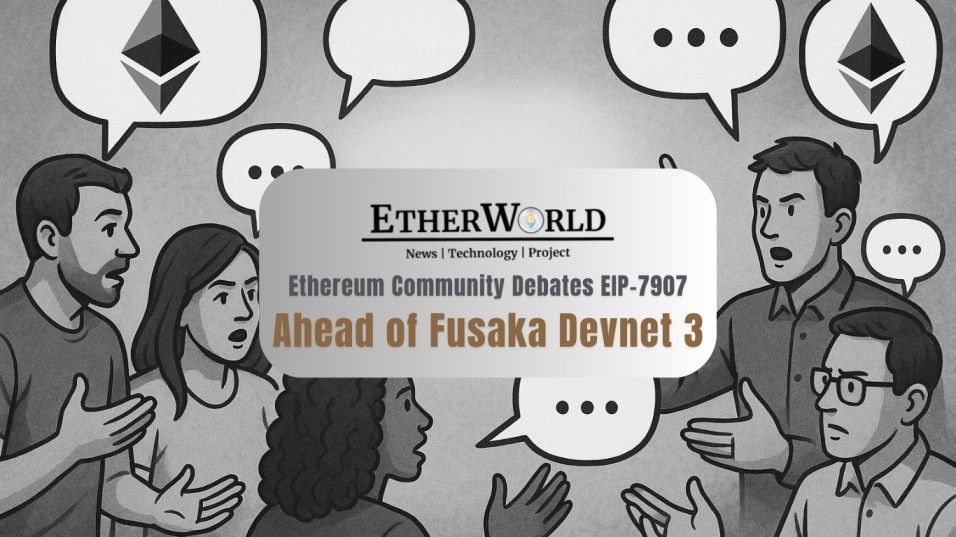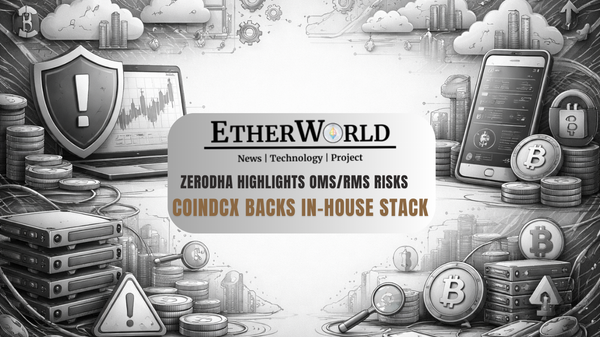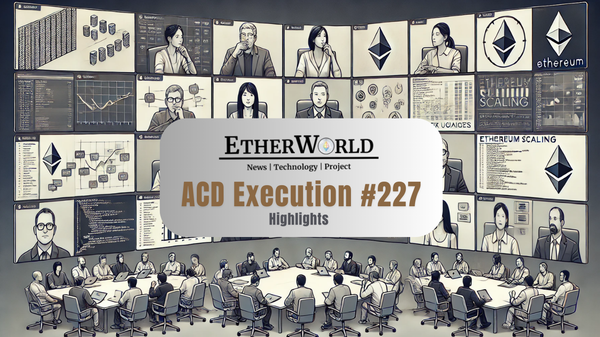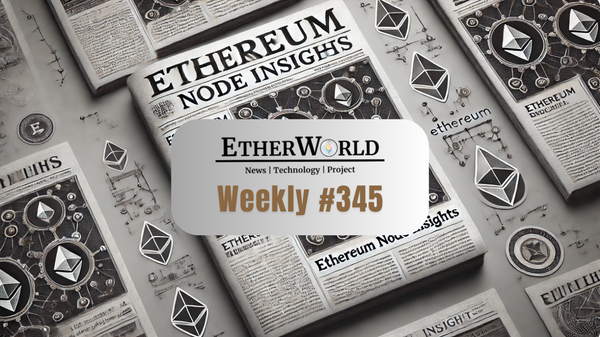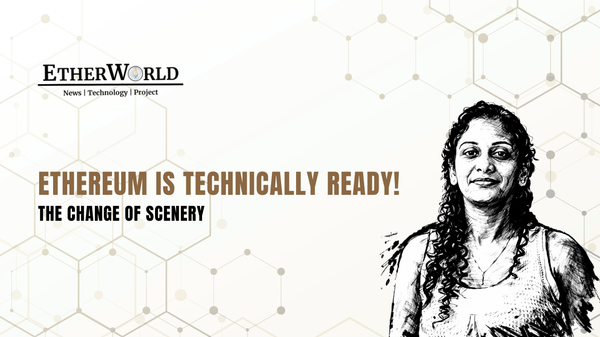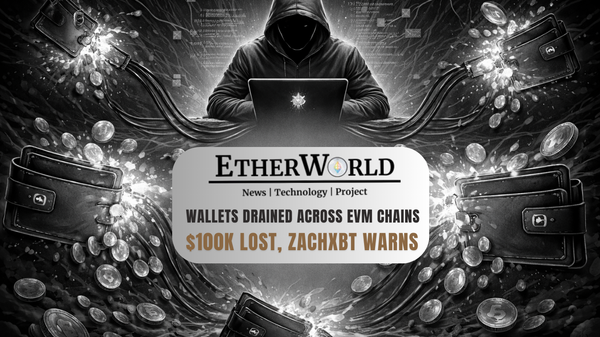Ethereum’s roadmap for the Fusaka upgrade hinges on EIP-7907, which proposes doubling the maximum smart contract bytecode size from 24 KiB to 48 KiB. This change promises to streamline complex dApp deployments but raises a host of technical, economic, and security questions that the community must resolve before Devnet 3 can proceed.
- Why Raise the Code-Size Limit?
- Metering for Large Code
- Technical Hurdles & Solutions
- Economic & Ecosystem Impacts
- Conclusion
Why Raise the Code-Size Limit?
Smart contracts drive DeFi, NFTs, and layer-2 solutions, i.e., but complex applications often exceed the 24 KiB ceiling, forcing developers to split logic across multiple contracts. EIP-7907’s proposal to allow up to 48 KiB of bytecode in a single contract aims to eliminate this workaround, enabling richer functionality and simpler deployment workflows.
Metering for Large Code
To mitigate DoS risks and resource exhaustion, EIP-7907 introduces a metering scheme alongside the size increase. Contracts above 24 KiB incur an “excess-size” fee of 4 gas per 32-byte word, and a one-time 2,100-gas penalty on “cold” contract loads. This approach ensures that larger contracts contribute proportionally to network load and disincentivizes gratuitous code bloat.
Technical Hurdles & Solutions
Ethereum’s Merkle Patricia Tree does not directly expose code size, forcing clients to read full bytecode, i.e., an O(N) operation ripe for exploitation. Proposed fixes include maintaining an off-chain codeHash→codeSize cache or embedding a codeSize field in the account’s RLP encoding. Each option carries implementation complexity, compatibility trade-offs, and potential security considerations.
Economic & Ecosystem Impacts
The new pricing model shifts some gas costs onto users and integrators, particularly for “mega-contracts” that far exceed 48 KiB. Developers may still choose to split very large codebases or adopt on-chain merklization techniques. The community debate centers on whether the 4-gas-per-word fee strikes the right balance between affordability and network protection.
Conclusion
EIP-7907’s fate will shape how developers architect smart contracts in the Fusaka era and beyond. Clients must implement and benchmark the new limit and metering mechanics in time for Devnet 3’s stress tests. Whether the proposal sails through or sparks further revisions, its resolution will set a precedent for future protocol-level sizing and pricing models.
If you find any issues in this blog or notice any missing information, please feel free to reach out at yash@etherworld.co for clarifications or updates.
Related Articles
- Ethereum Fusaka Devnet 0 Coming Soon
- Will Fusaka Be Ready in Time? Vitalik's 2025 Vision
- Glamsterdam: The Next Upgrade After Fusaka
- Ethereum Developers are Rethinking Transaction Signatures & Authority
- Censorship Resistance Vs Scalability
Disclaimer: The information contained in this website is for general informational purposes only. The content provided on this website, including articles, blog posts, opinions, and analysis related to blockchain technology and cryptocurrencies, is not intended as financial or investment advice. The website and its content should not be relied upon for making financial decisions. Read full disclaimer and privacy Policy.
For Press Releases, project updates and guest posts publishing with us, email to contact@etherworld.co.
Subscribe to EtherWorld YouTube channel for ELI5 content.
Share if you like the content. Donate at avarch.eth.
You've something to share with the blockchain community, join us on Discord!


